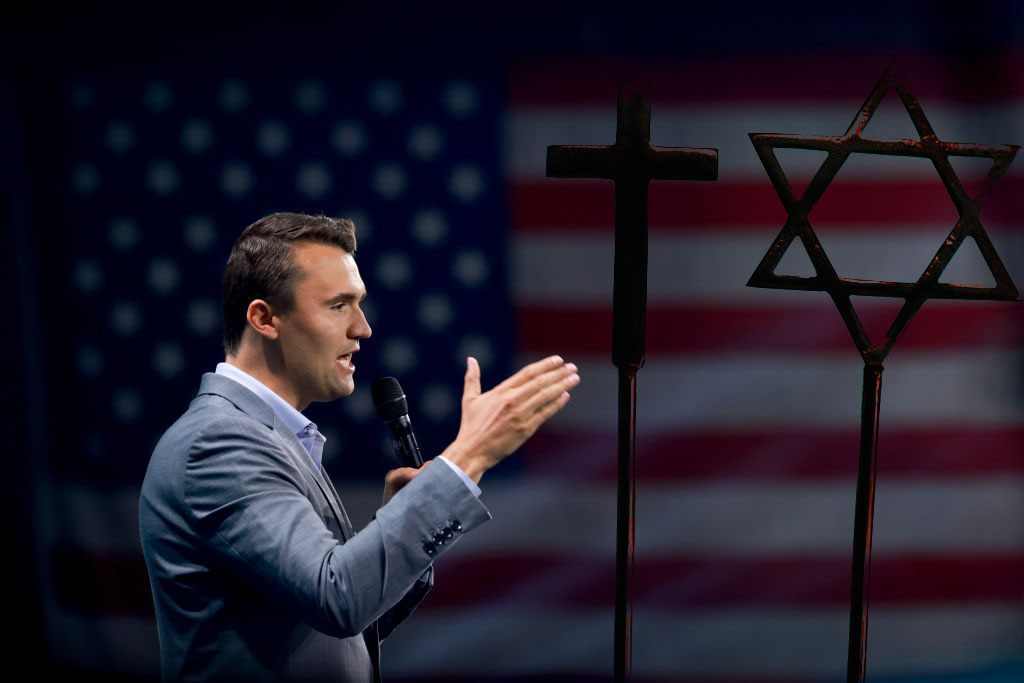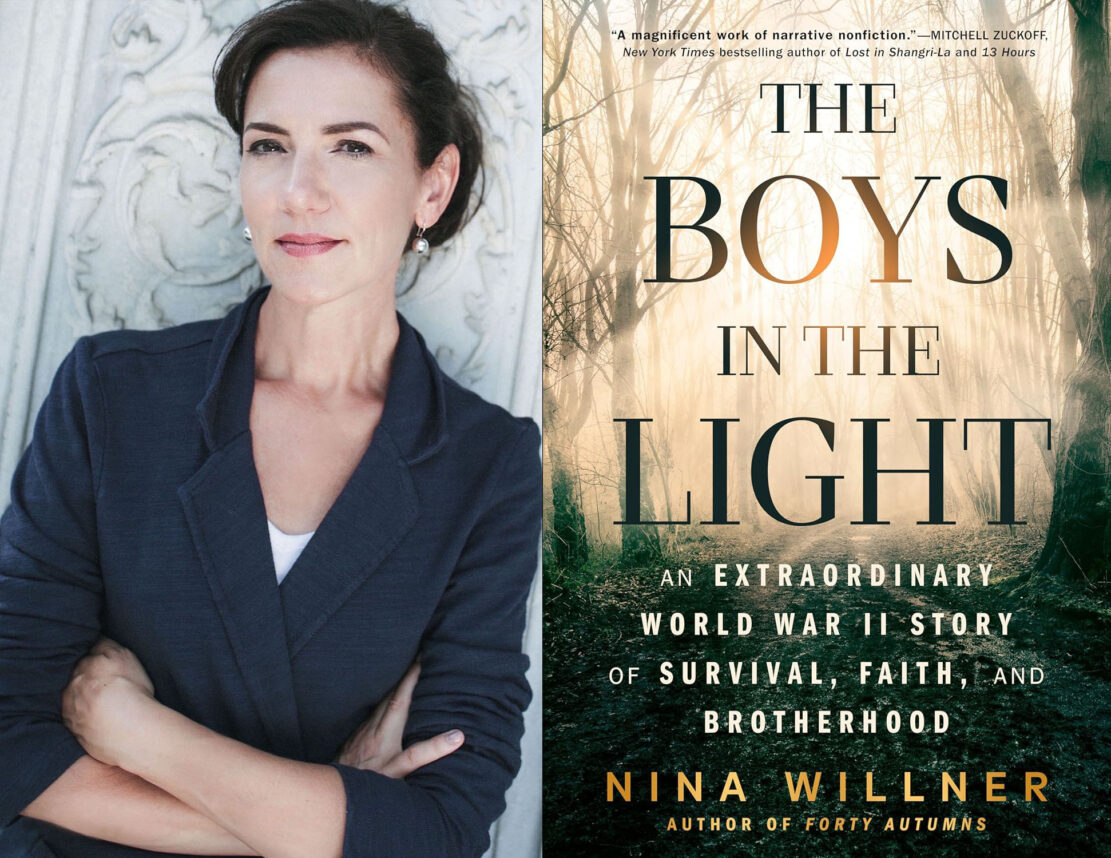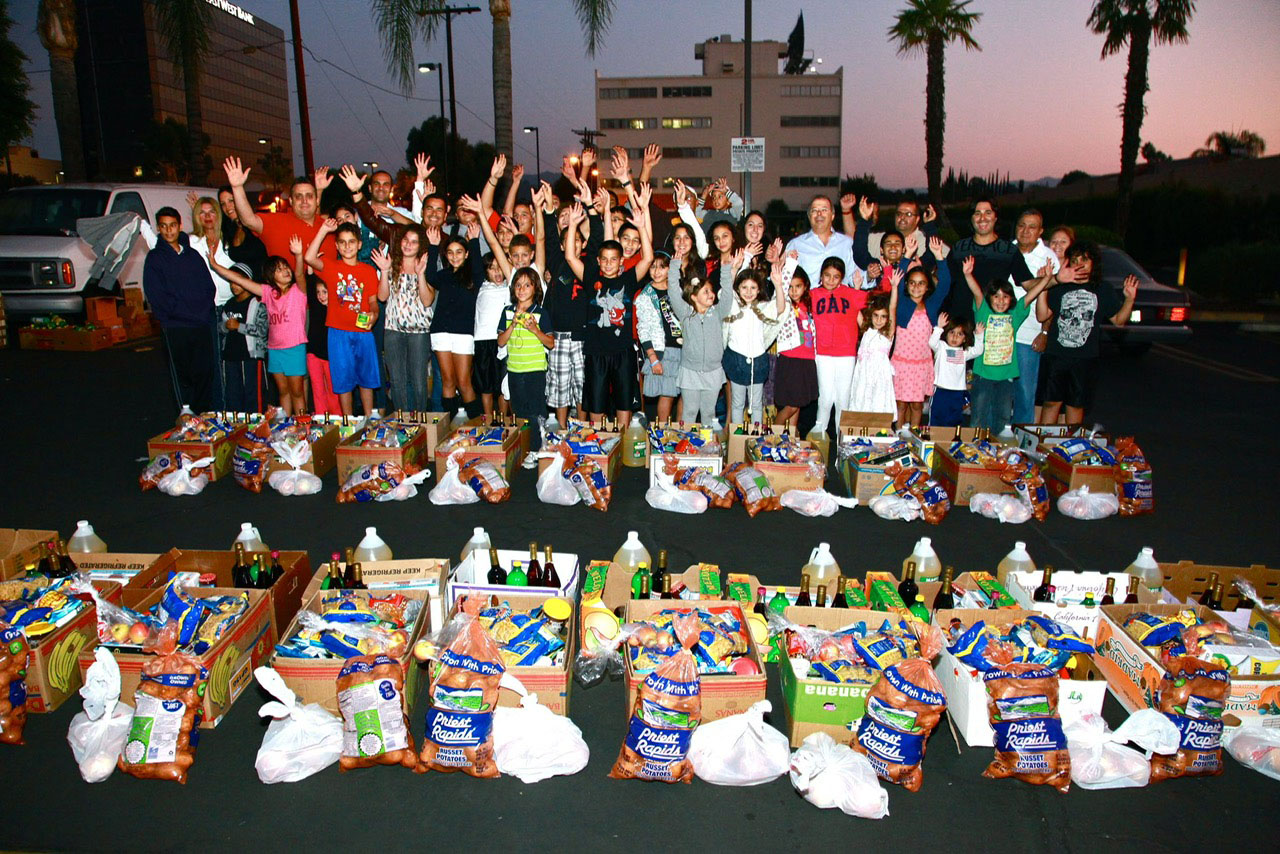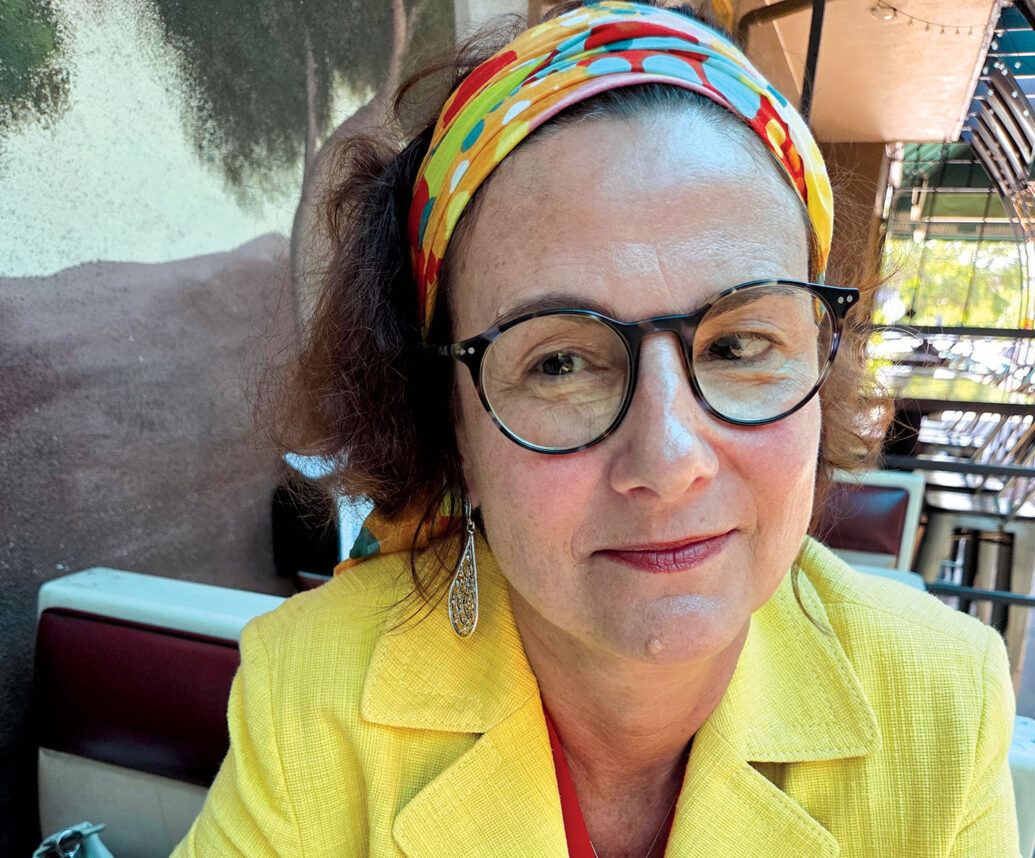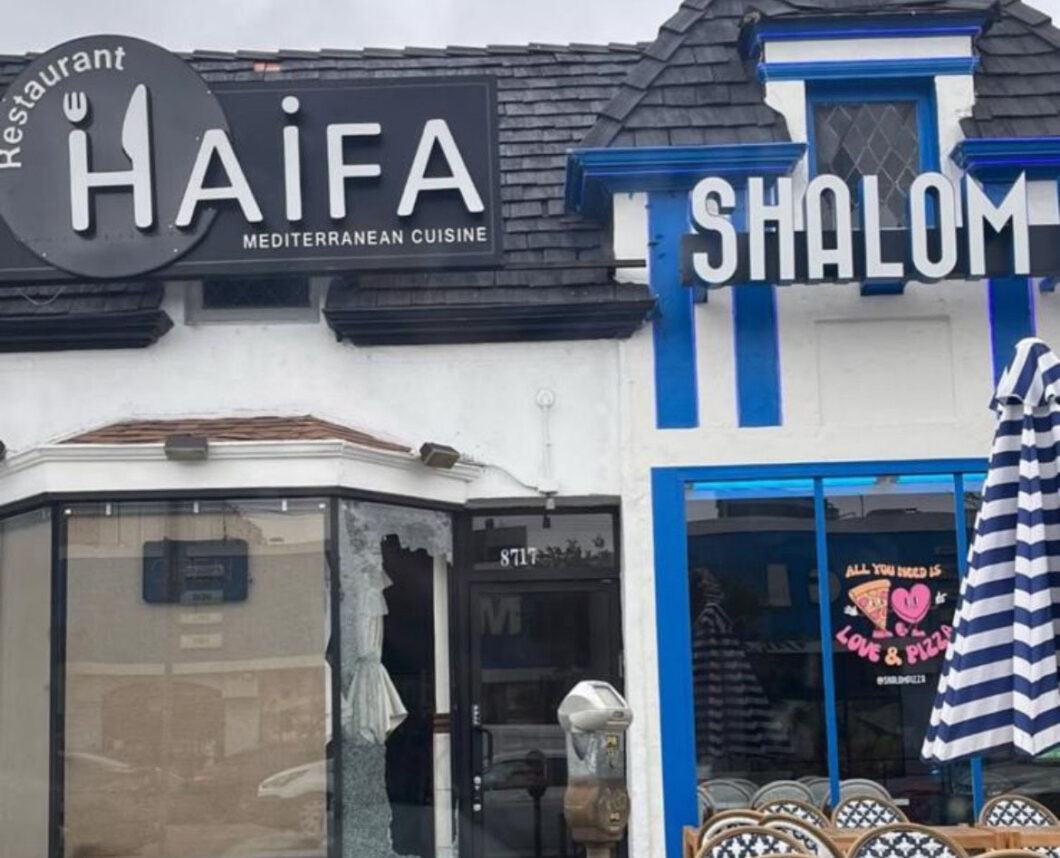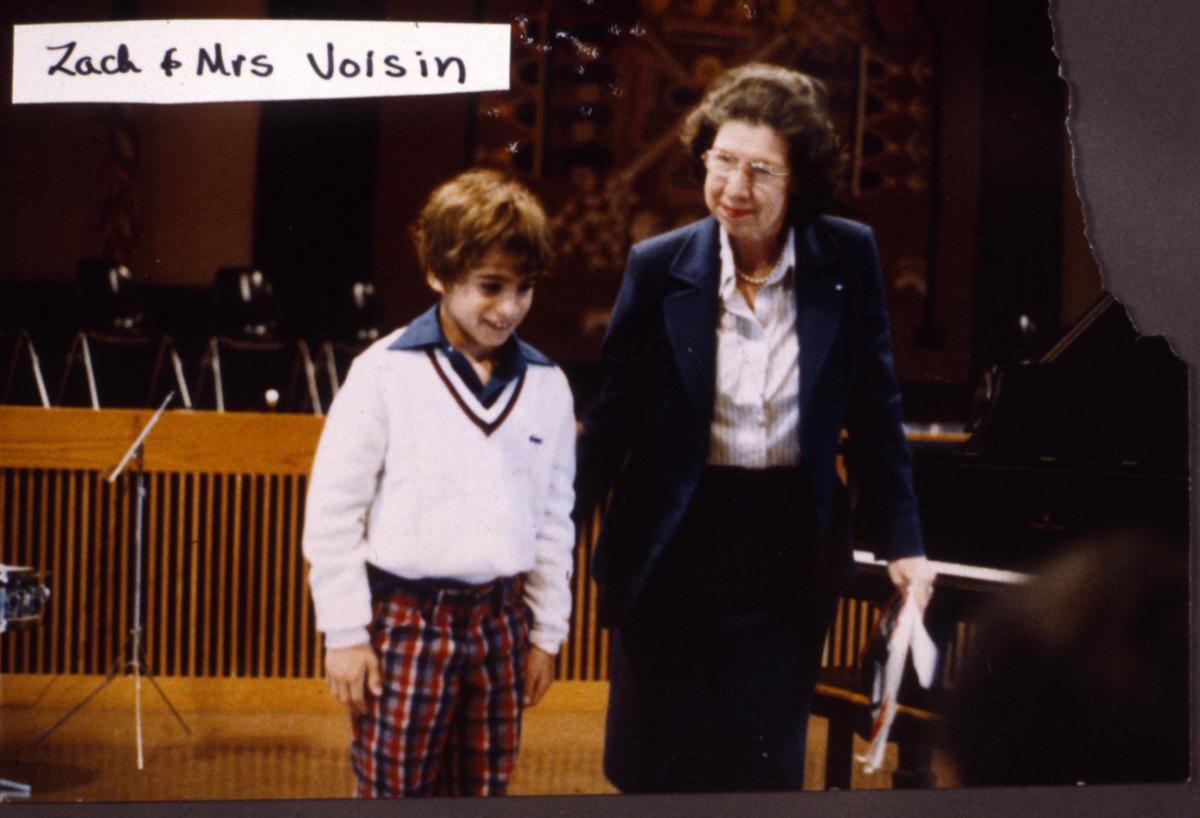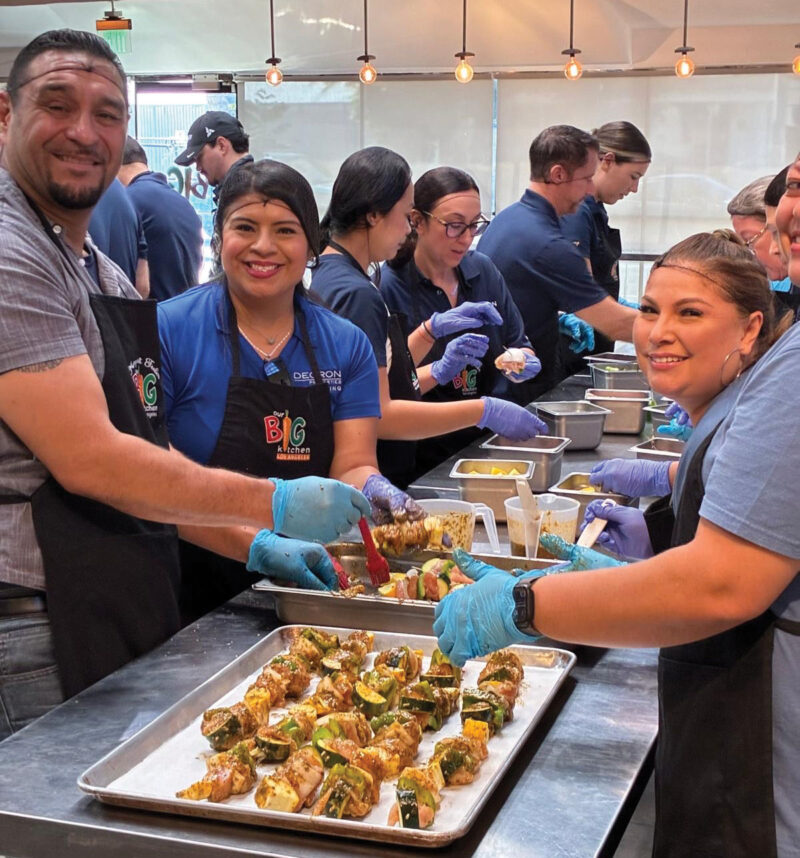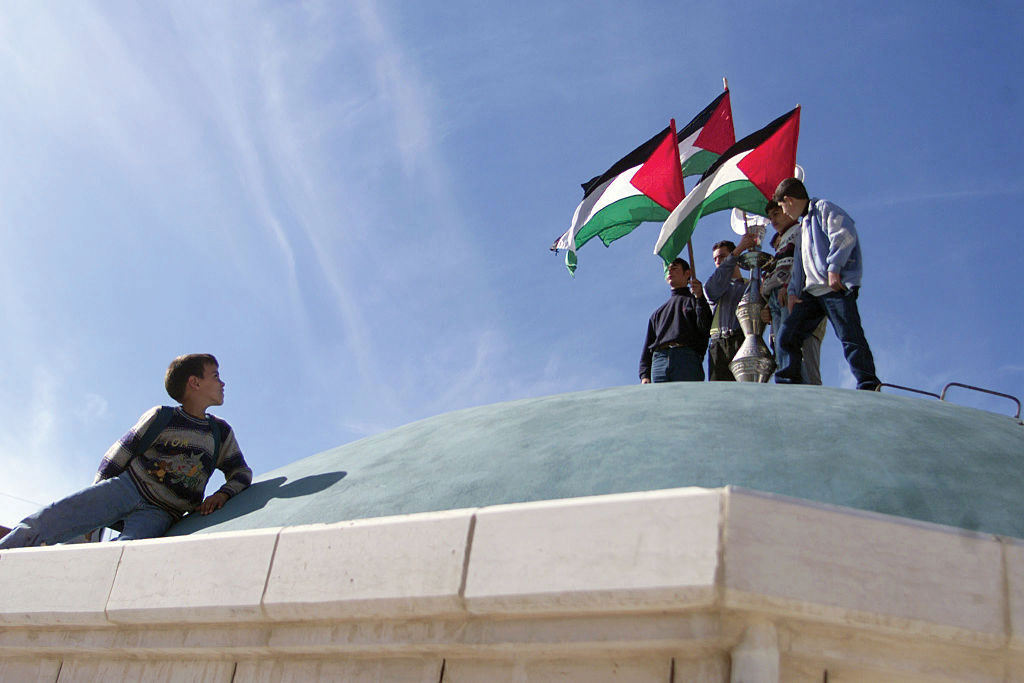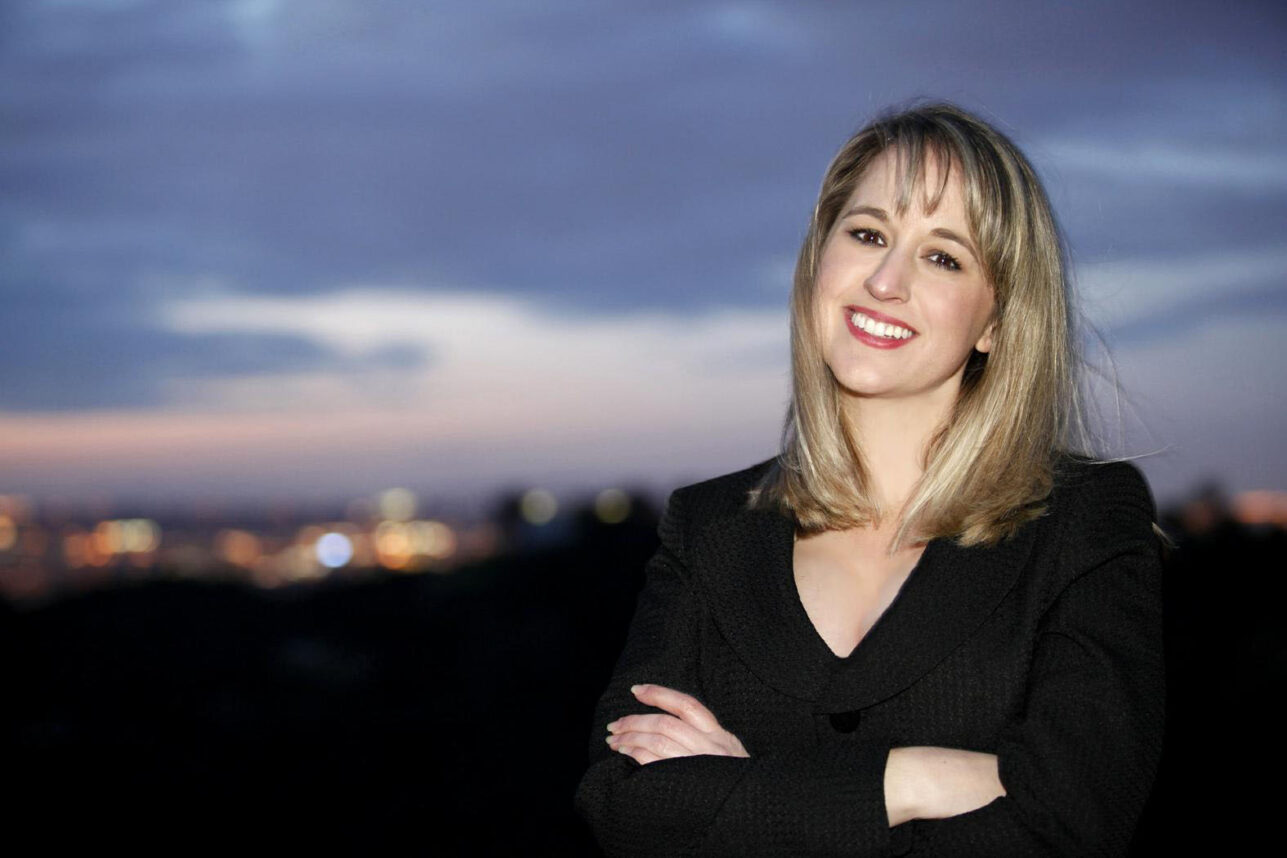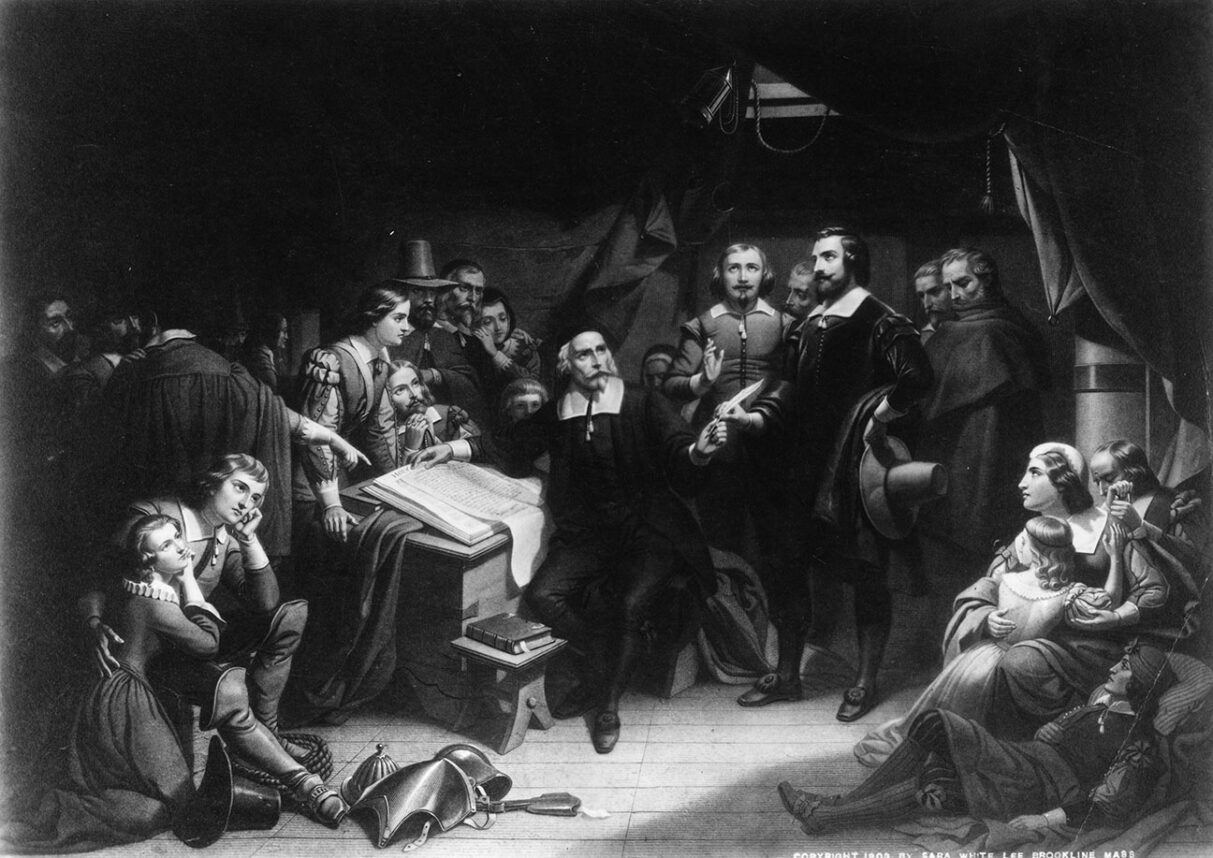“If he can work, I can work, too,” 9-year-old Paula Lebovics — then Pesa Balter — told herself after her older brother, Josef, 14, left the small, rat-infested room that had served as one of their many hiding places in the defunct brick factory for many weeks, ever since the Ostrowiec ghetto was liquidated on June 10, 1943. But as soon as Paula walked outside that late afternoon, a Ukrainian guard grabbed her, tied her hands behind her back and maneuvered her toward the factory’s exit gate, where a group of female prisoners was assembling before returning to the nearby Ostrowiec labor camp.
Paula stood there, frightened, as the Ukrainian guard approached the SS officer in charge. Then suddenly from among the prisoners, her mother, Pearl Balter, spotted her and dragged her into the cluster of women. But the SS officer noticed she was missing and began clubbing the women until he reached Paula. He yanked her by the arm and hurled her fiercely against a factory wall. She fell to the ground, blacking out. When she awoke, the women were gone. Only the SS officer remained.
Paula was born on Sept. 25, 1933, in Ostrowiec, Poland, to Pearl Leah and Izrael Balter, the youngest of six siblings. They lived in one of the small houses Paula’s wealthy grandfather, Akiva Rosset, had built for his family in the courtyard behind his apartment building. The entire family worked for the grandfather, a religious man who owned forestry, liquor and leather businesses.
Paula enjoyed an idyllic childhood, playing with her cousins in the courtyard and celebrating song-filled Shabbat dinners at her grandparents’ apartment.
Life changed, however, on Sept. 7, 1939, when the Germans occupied Ostrowiec. Several weeks later, Paula saw her first German soldier when she and her father tried to board a train for Warsaw to have her recently broken arm reset. The soldier promptly removed them.
In late 1940, the family was forced to move into an open ghetto. There, Paula and her entire family lived in one room, except for her brother Yonaton, who had escaped to Vilna. In the spring of 1941, the ghetto was enclosed.
On the night of Oct. 10, 1942, Herschel, Paula’s oldest brother, learning that an aktion was scheduled for the next day, led 44 family members and friends to a hole that he and an uncle had dug under a shed in a nearby lumberyard. As the aktion began, Paula peered through a small opening and witnessed Germans marching Jews into the town square, bashing them with rifle butts and ripping children from their mothers’ arms.
On the third day, Herschel permitted Paula’s two older sisters, Chaya, 18, and Chana, 16, to leave, certain that their work cards would protect them. But they, along with 11,000 Jews, were murdered in Treblinka.
A second aktion took place on Jan. 16, 1943. When Paula emerged from the hiding place Herschel had found for her, her mother and her brother Josef, she saw patches of blood-stained snow. She also learned that her grandmother and many relatives had been taken.
By the following June, however, when the Ostrowiec ghetto was scheduled to be liquidated and the remaining Jews transferred to the Ostrowiec labor camp, Herschel could no longer protect Paula and Josef. “You have to survive by yourselves,” he told them.
Paula followed Josef to the brick factory, where they hid, among other places, in a narrow opening in a wall, a non-functioning kiln and a small room swarming with rats.
When Paula woke after being slammed into the wall, the SS officer forced her to stand up, demanding that she reveal where others were hiding. “I don’t know,” Paula answered, crying and certain of an ill-fated outcome. “If you don’t find anybody,” she requested, “can I see my mother and father for the last time?”
The officer steered Paula through the brickyard, discovering no one and returning to the wall. He pointed his revolver at her. “Turn around. Face the wall,” he demanded. But Paula refused. “You promised to take me to see my mother and father,” she insisted.
Just then a drunk German officer stumbled by, laughing loudly. “Are you going to waste a bullet?” he asked. “She’s going to be dead anyhow.” The SS officer lowered his revolver, shaking violently from anger. “Go,” he shouted to Paula.
She raced out the gate and down the road to the work camp, where she found her father sitting with a group of men. She sat down next to him, crying.
Paula then joined her mother in the women’s barracks. During the days, she collected metal debris, cleaned and loaded bricks, and, in the spring of 1944, worked in the nearby unoccupied Hitler Youth Camp, weeding the soccer field and running a concrete roller over the tennis courts.
It was dangerous to be a child in the camp, so Paula learned to become invisible.
In early August 1944, the camp was liquidated and the prisoners, more than 1,400 men and 300 women, including Paula, her parents and brothers Herschel and Josef, were shipped by cattle car to Auschwitz. “Conditions you cannot imagine in your life,” Paula said.
Arriving on Aug.4, the prisoners were separated into lines of men and women. Paula and the other women were tattooed, shaved and left naked outdoors for 24 hours. Then they were showered and given clothing. Paula received a white long-sleeve blouse, nothing else, and her mother a slip.
They were marched to Birkenau’s Block 16, in B Camp, where they spent most of their time in appel — roll call.
One day, the block leader heard Paula sing. She invited her to sing for her privately and also for the female head of B Camp. For the occasion, Paula was taken to the storeroom where, among mountains of clothes, she found a dress, underwear, stockings, shoes and a coat for both herself and Pearl.
But only a few days later, Paula surrendered her new clothes when she and other girls were moved to a children’s barracks in Block 1, where they encountered nurses in white uniforms and bunk beds with white linens. Instead of appel, they were taught songs and dances in preparation for a visit by the Red Cross in September 1944. But the children never performed.
A nurse put drops in Paula’s eyes. She couldn’t open them for weeks afterward without first peeling off a layer of sticky residue.
The children were moved to Block 7 in E Camp, where Dr. Josef Mengele visited almost daily, always removing some children. Paula remained invisible. “I don’t know how I did it,” she said.
As the Allies approached, most of the prisoners were assembled and marched out. Soon after, the Germans themselves left. Paula found a piece of moldy bread that sustained her during that time.
On Jan. 27, 1945, when the Russian army liberated Auschwitz, a soldier picked up Paula, rocking her in his arms, tears flowing down his face. She finally felt that someone besides her parents cared for her. “I can never forget that as long as I live,” she said.
A few days later, she was reunited with her mother. Her father had been murdered soon after arrival.
After a while, Paula and Pearl traveled to Ostrowiec, where they found the caretaker of Paula’s grandfather’s building living in a spacious second-floor apartment. “You mean you’re still alive?” she greeted Paula and Pearl. “They didn’t kill you?” She gave them a room.
By early 1946, Paula and Pearl, along with Herschel and Josef, who also had survived, had relocated to the Foehrenwald Displaced Persons Camp near Munich. There, Paula finally attended school, skipping several grades.
In the spring of 1947, Josef left for Palestine, where Yonaton, having secured a visa from Japanese diplomat Chiune Sugihara, was living. Herschel left for Melbourne in 1950.
Paula and Pearl immigrated to Detroit in March 1952. After attending Americanization classes, Paula worked at the National Bank of Detroit, assisting the accountants.
Pearl died of cancer in 1957, just three weeks before Paula married Michael Lebovics, also a survivor, on June 25. “It was a happy, sad wedding,” she said. In March 1958, they moved to Los Angeles, where their daughter, Linda Pearl, was born the following July, and son Dan in August 1960.
Paula worked with Michael at L+R Jewelry Manufacturing, the company he founded in downtown Los Angeles. After Michael died in 1996, Paula became active with the Shoah Foundation. “They became my family. They gave me a voice,” she said. And this year marks Paula’s ninth March of the Living trip, accompanying the Los Angeles delegation.
“Silence is not an option,” Paula said. “That is my motto.”









